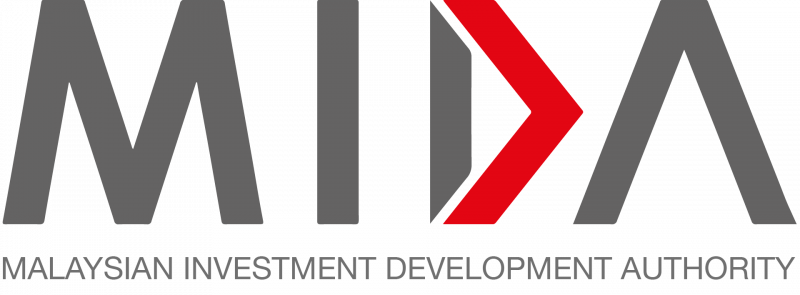Telekom Malaysia Bhd expects the second phase of its data centres in Cyberjaya and Iskandar Puteri, Johor, to achieve commercial operation in the third quarter of 2025 (3Q2025).
“We are optimistic and really anticipating it will be ready by the end of 3Q2025. We are targeting for that,” TM group chief executive officer Amar Huzaimi Md Deris said in a press conference on the group’s fourth quarter financial results.
The expansions under the second phase will add a cumulative 20MW to the Klang Valley Data Centre (KVDC) and Iskandar Puteri Data Centre (IPDC).
Meanwhile, Amar said that the data centre to be operated by ST Dynamo DC — TM’s joint venture with Singapore Telecommunications Ltd’s (Singtel) unit Nxera My Pte Ltd — is targeted for completion by mid-2026.
He said this data centre will have an initial capacity of 64MW, with the potential to be the group’s largest data centre with room to scale up to 200MW.
The data centre projects are key in TM’s push to expand the country’s network infrastructure as part of efforts to position Malaysia as a key digital hub for the region, he added.
According to Amar, this also includes scaling its submarine cables, edge computing, and pioneering graphic processing units (GPU)-as-a-Service (GPUaaS).
TM currently has eight data centres — seven in Malaysia and one in Hong Kong. Data centre operations are under the group’s wholesale arm, the carrier-to-carrier (C2C) segment, formerly referred to as TM Global.
The C2C segment saw a 1.6% year-on-year rise in revenue for the fourth quarter ended Dec 31, 2024 (4QFY2024) to RM780.1 million from RM769.3 million.
The C2C segment’s revenue contribution stood at 25.57% of the group’s total quarterly revenue of RM3.05 billion. Its core business-to-consumer (formerly Unifi) segment’s revenue contribution stood at 47.69%, while that of the business-to-business (TM One) segment was 25.63%.
TM’s 4QFY2024 net profit came in at RM730.6 million, up 68.5% from RM433.5 million a year ago, helped by tax credits.
For the full year, TM reported a net profit of RM2.02 billion, up 7.8% from RM1.87 billion in FY2023. Annual revenue was flat at RM11.71 billion.
Up to RM2 bil capex for FY2025
Amar said TM expects a single-digit year-on-year revenue growth for FY2025, with capital expenditure (capex) for the year to range from 14% to 16% of full-year revenue.
This comes out to a projection of around RM1.6 billion to RM2 billion in capex for FY2025, according to TM group chief financial officer Ahmad Fairus Rahim. Capex in FY2024 stood at RM1.59 billion, at 13.6% of full-year revenue.
Amar declined to provide specific capex utilisation figures for FY2025, saying only that a “significant portion” would go towards the group’s fibre cable network, which he noted will be very important for the 5G ecosystem.
“That (the fibre network) will be one of the key areas. Another will be to support the expansion of our Unifi broadband services, and secondly, continuously enhance our international connectivity. We will require continuous investment to cater for our submarine cable system expansion,” he added.
Shares in TM ended 20 sen or 2.9% lower at RM6.70 on Tuesday, valuing the group at RM25.71 billion.
Source: The Edge Malaysia
Second phase of Cyberjaya and Iskandar Puteri data centres to achieve commercial ops in 3Q — TM
Content Type:
Duration:


